“If you picture the journey of chatbots from the 1960s to now, you can see that what was once a fantasy of being able to communicate with a non-living virtual being is now a part of our everyday lives.” – Rashid Khan, Co-Founder and CPO of Yellow.ai and writer of the book – Build Better Bots.
Chatbots have come a long way. All thanks to the recent developments in the CX automation industry, today’s chatbots are far more sophisticated. They are built on the laurels of powerful capabilities like artificial intelligence (AI), machine learning (ML), natural language processing (NLP) and customer sentiment analysis which gives them the ability to interact in a more human-like manner. No doubt why they are becoming a critical resource for businesses worldwide to provide excellent customer service.
We can see why businesses are enthusiastically adopting chatbots. They are able to scale their customer service efforts without increasing their operational costs. But why are customers so on board?
Well, customers today don’t have the time to stay on hold waiting to get in touch with a customer care representative. They want answers and they want them now. 90% of customers rate an “immediate” response as important or very important when they have a customer service question. Chatbots provide customers with this facility to connect with brands in real-time to get instant resolution of queries – making them the fastest-growing brand communication channel.
What is 2023 going to look like for chatbots?
While in 2021, chatbots have experienced widespread adoption throughout different industries like insurance, banking, healthcare, eCommerce, retail and more. In 2023, we can expect to see chatbots permeate the workplace to enhance employee experience.
Now an employee, instead of going through tens of documents to find a piece of information, would be able to find it with just a voice or text command. Sounds fascinating, doesn’t it? Let’s look at some more interesting statistics and chatbot market predictions for the coming year.
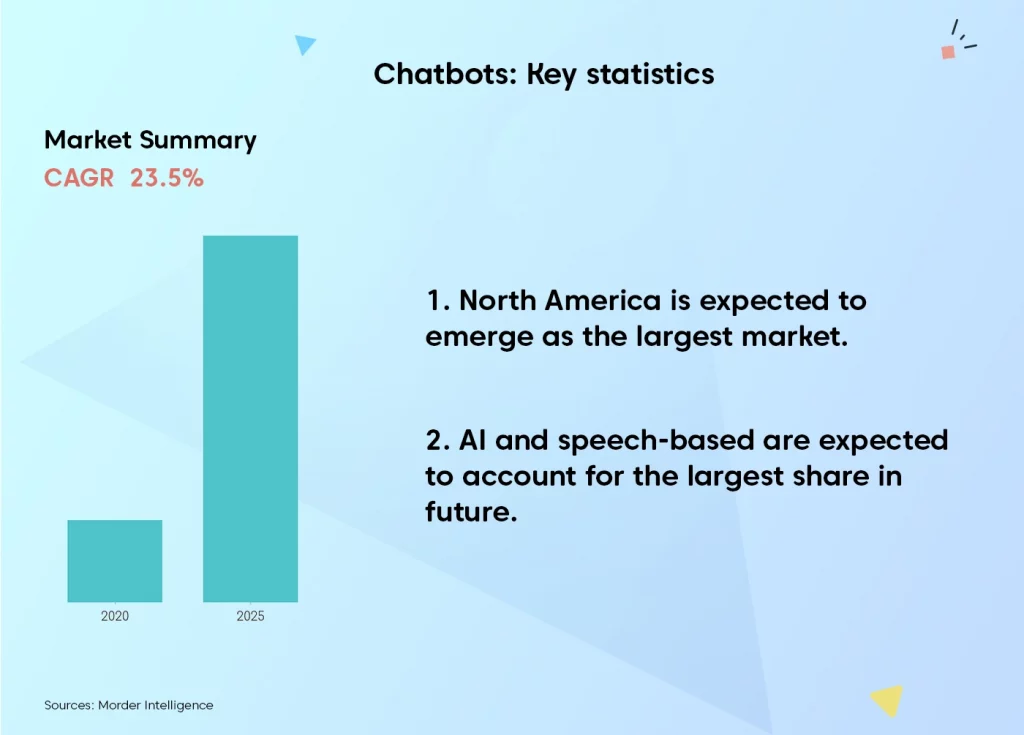
Key Statistics about the Use of Chatbots
The global chatbot market size is anticipated to increase from USD 2.9 billion in 2020 to USD 10.5 billion by 2026. It is expected to register growth with 23.5% CAGR during the forecasted period, 2020 to 2025.
You might wonder what is the driving force behind such growth. Chatbots that once had a bad reputation for providing inefficient or impersonal customer service, why are they suddenly gaining so much popularity?
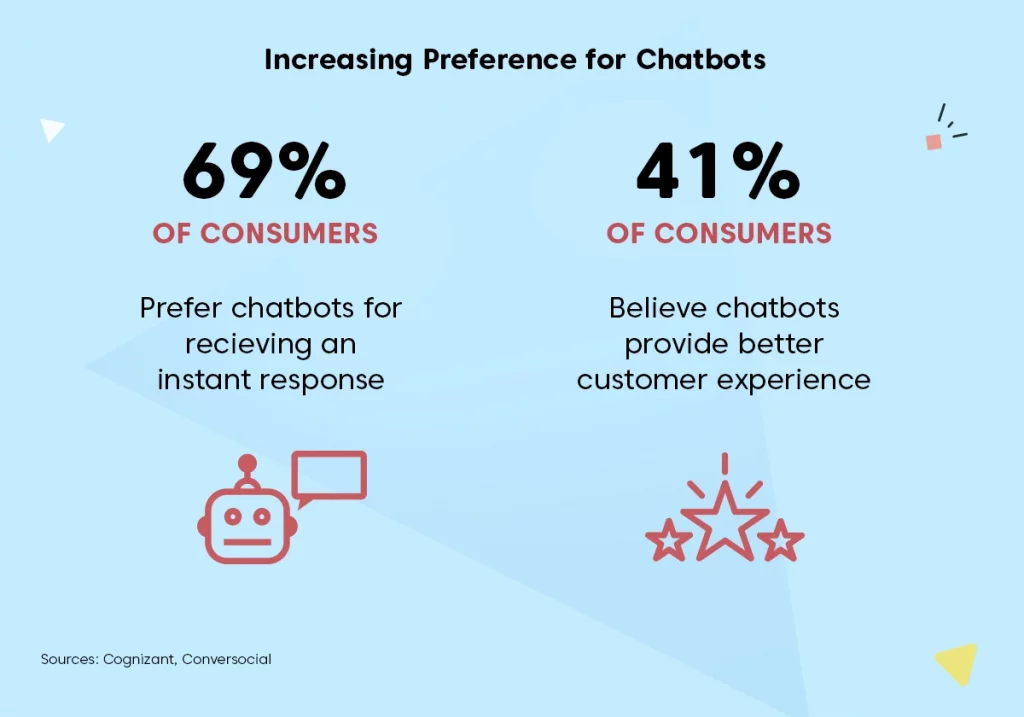
Well, as I said earlier, chatbots today are backed by powerful technologies. They are designed to engage users in more personable interactions by identifying their needs, interests and personalities. Recent research suggests that 69% of consumers prefer to use chatbots for communicating with a brand instead of email or call.
This growth can also be attributed to the rising popularity of instant messaging apps and voice assistants coupled with the need for automating customer care services for enhancing operational efficiency and reducing overheads. It is predicted that chatbots will be responsible for cost savings of over $8 billion per annum by 2022.
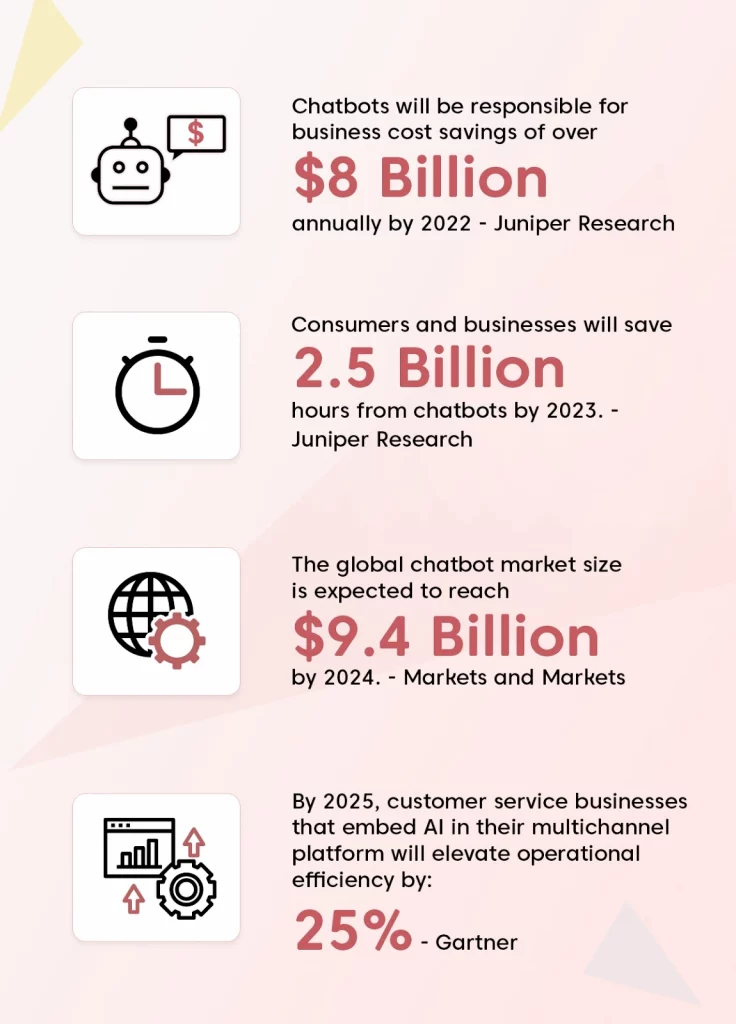
Top chatbot trends to keep on your radar
Even though chatbots are getting more traction now, especially since the pandemic, they’ve been here for most of our lifetimes. From Eliza to Alexa, chatbots have transformed quite a lot.
Certainly, chatbots are the wave of the future. Let’s have a look at some trends that will further change the game for chatbots in 2022.
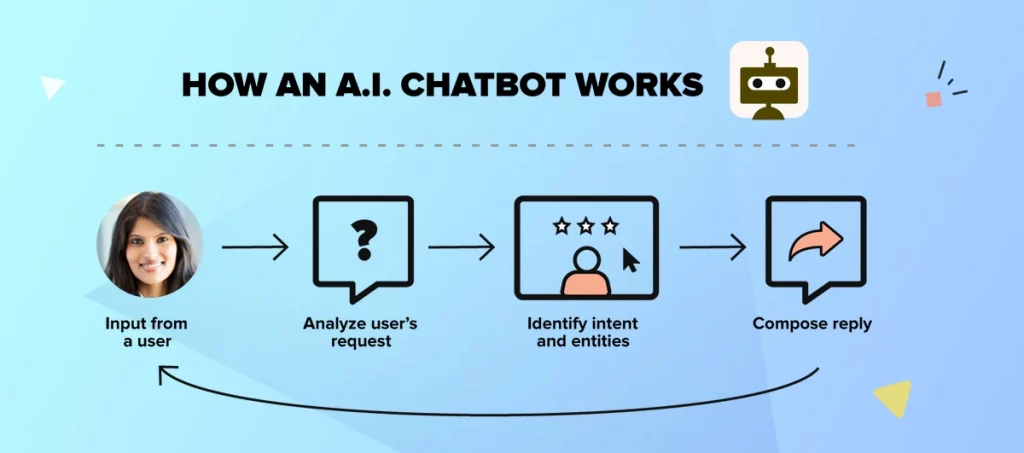
1. Chatbots will be more human
According to data from PwC, speed, convenience, helpful and friendly service matter the most to customers and they are willing to pay up to a 16% premium to businesses that can deliver such service. Meanwhile, 35% of customers will seek out the competition after just one instance of bad service.
To make sure customers get what they want, chatbots need to be more understanding and capable of holding human-like interactions. Chatbots with the help of cutting-edge NLP algorithms will be able to deliver more natural conversations than ever.
2. The market will see more voice enabling
The rise of voice AI is definitely the trend to look out for. Voice recognition has revolutionized the way we shop. While virtual assistants such as Alexa, Google Assistant and Siri are already an integral part of our lives today, you can expect their functionality to increase dramatically in the future.
There are already over 100 million Alexa-enabled devices on the market today. Voice assistants are expected to grow 1000% to reach 275 million by 2023, Juniper says.
3. Businesses will use chatbots for predictive analytics
Predictive analytics in customer service is the use of statistics and data modelling techniques to determine future customer behaviour and trends. As the chatbot carries out direct interactions with the end customer, it makes systemic records of data, metrics, preferences and trends that it later uses to provide intelligent and empathetic responses to the customers. Companies can use this data to optimize their customer experience strategy and achieve a competitive advantage.
4. More payments will be made through chatbots
For a long time now, chatbots have been used just to respond to customers’ queries and collect information. It’s time that chatbots go beyond customer service and impact your revenue directly.
Yes, in 2022, more companies will use chatbots integrated with robust payment gateways like Razorpay, Stripe, PayU and Paypal, and give customers the option to pay directly from the chatbot interface.
5. Chatbots will help re-engage customers post-sales
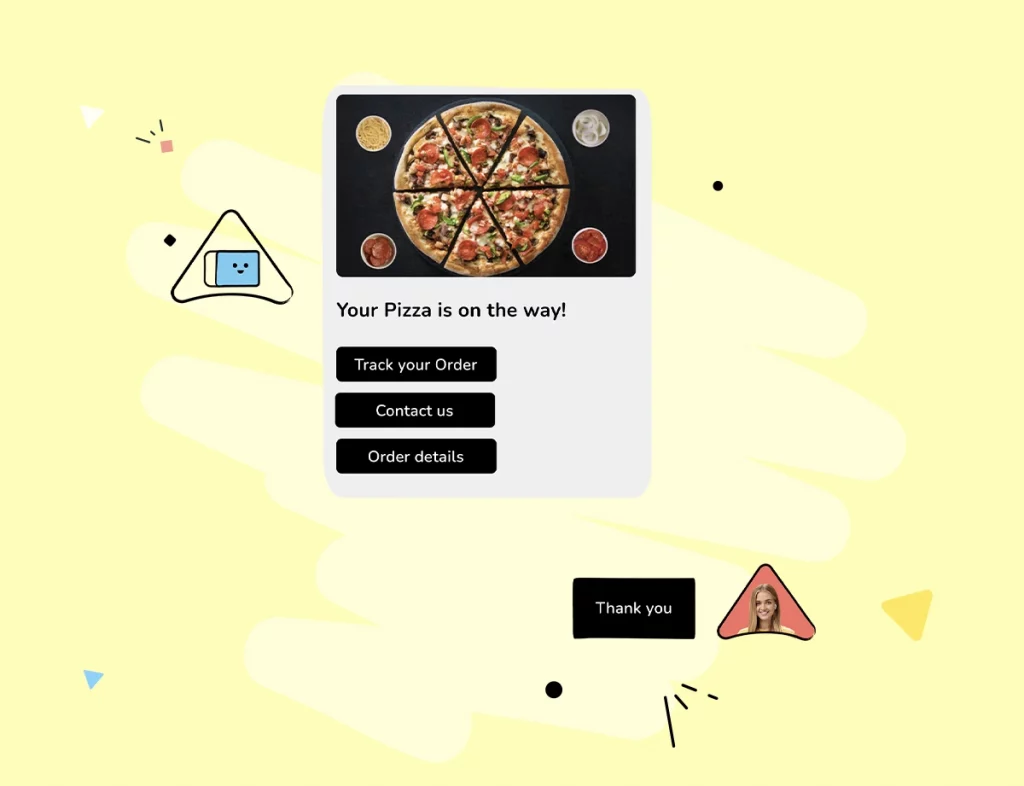
The use of chatbots is not limited till a customer completes the purchase. Chatbots can also be used to deliver post-purchase experiences. Keeping customers informed throughout the order fulfilment process by sending them shipping and tracking updates is a great place to start.
Companies can also use chatbots to collect customer feedback. More than 93% of people check for online reviews before buying a product. A lot of times companies forget to collect reviews and this is where chatbots can help. Chatbots can send a follow-up message to customers asking them to rate their experiences.
6. Chatbots will drive social media engagement for brands
In 2021, more than 4 billion people are using social media which explains why businesses are actively employing chatbots to augment their social media presence. According to a report, currently, over 100,000 bots are being used on FB Messenger.
The rise of social media chatbots is expected to thrive well into the future as marketers use bots to maintain an active presence on social media and generate a more personal or one-to-one engagement with the users.
Let’s have a look at how social media bots can help your business.
1. Shorten your sales cycle by sending customers direct product links for completing their purchases.
2. Automate your dm responses and break the ice with new customers by sending them personalized messages.
3. Identify opportunities for up-selling and cross-selling.
Moreover, by connecting your social media bots with your CRM, inventory management software, analytics and more, you can always keep the customer at the heart of all conversations.
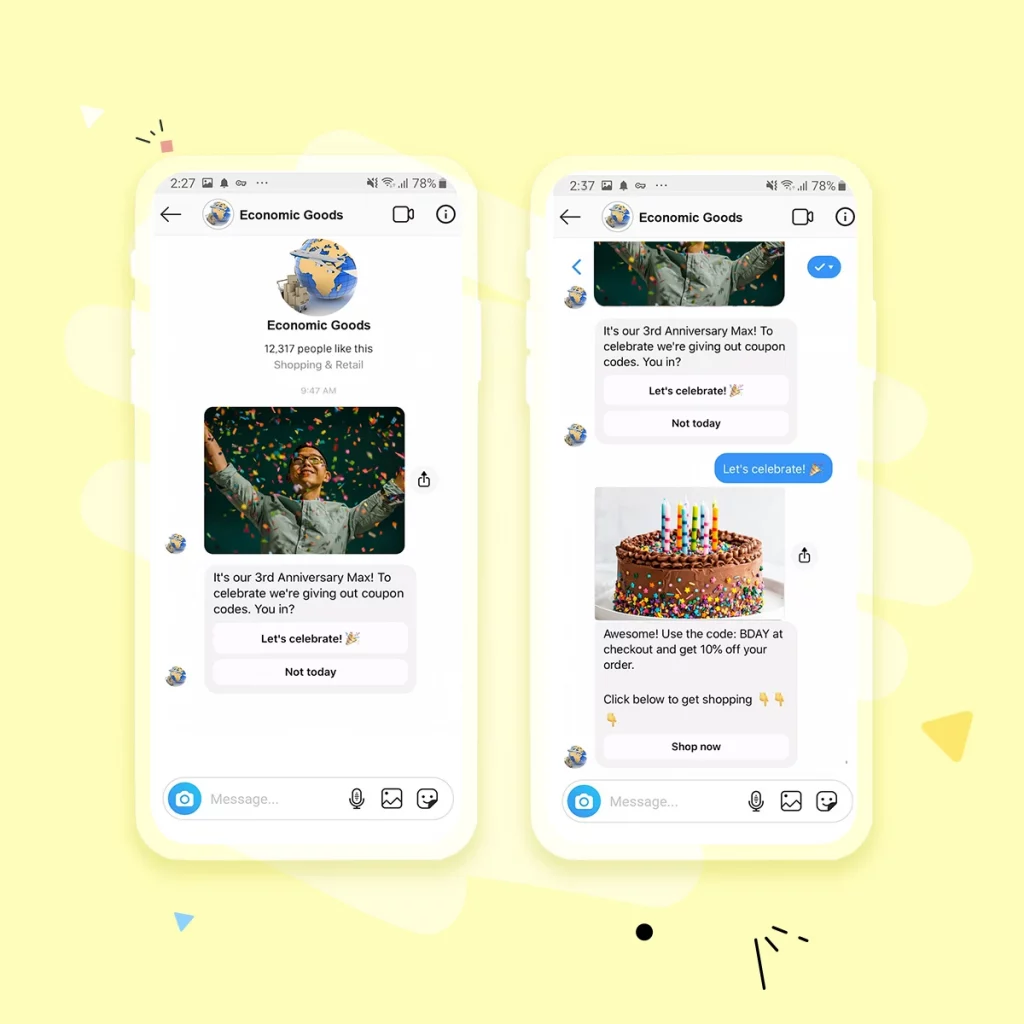
7. Chatbots will have a wide impact across industries
Chatbots in healthcare and banking are expected to handle 75-90% of queries in 2022.
a. Chatbots in healthcare will become more sophisticated
Chatbots gained popularity in the healthcare industry during the pandemic and have since been used for assessing common health issues and providing a course of action to users. However, with advancements in the industry, chatbots are expected to help with more sophisticated healthcare diagnostics such as analysis of mental health.
b. Chatbots in banking will enable $1 trillion in cost savings by 2030
As customers are shifting towards online banking, chatbots have become a customer service necessity. The top use case for chatbots in banking is to automate support for FAQs. Chatbots will be able to easily answer such queries, allowing human agents to focus on more complicated customer problems.
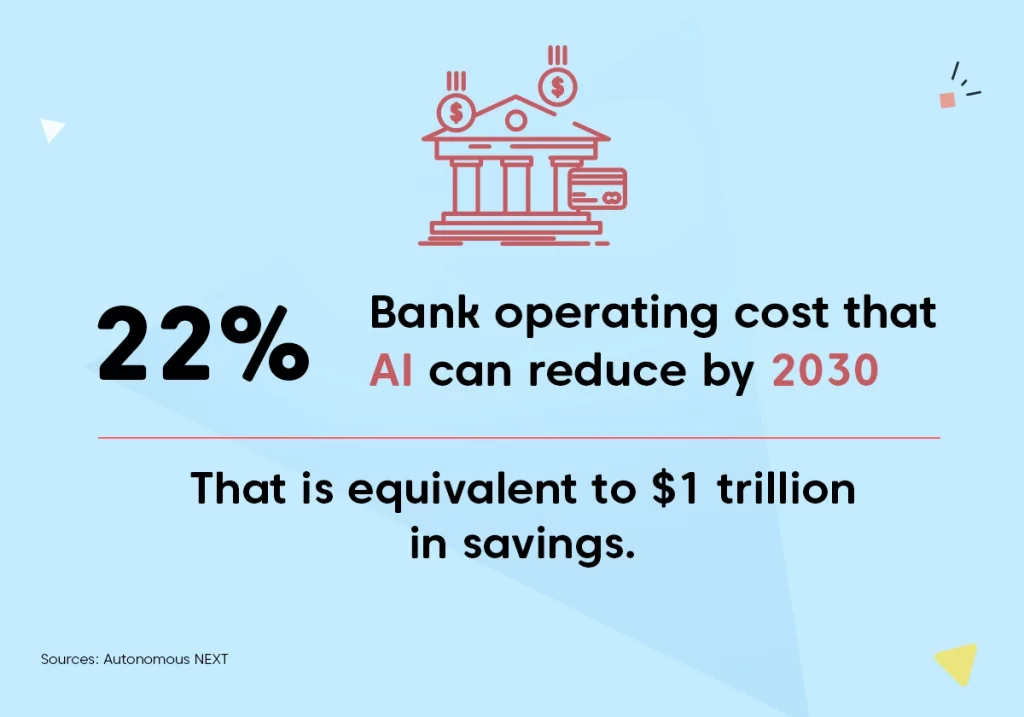
c. Chatbots will impact direct sales for eCommerce
Chatbots in eCommerce will replicate the role of a sales representative in a physical store. They will greet your customers, tell them about the ongoing deals and offers, make relevant product recommendations according to a customer’s needs and interests and finally, close the sale.
Customers won’t have to survey the endless listings of an eCommerce website to find and buy the products they are looking for. With chatbots, customers will be able to find, choose, pay and check out in one smooth interaction.
8. Chatbots will be the game changer for enhancing TX
In today’s competitive business landscape, focusing on just customer experience is not enough. Companies must also look for ways to enhance their TX or total experience that including introducing automation to internal corporate workflows.
Chatbots or personal assistants can help employees automate repetitive tasks and remove redundancy in processes. Productive and happy employees are the key to a great customer experience.
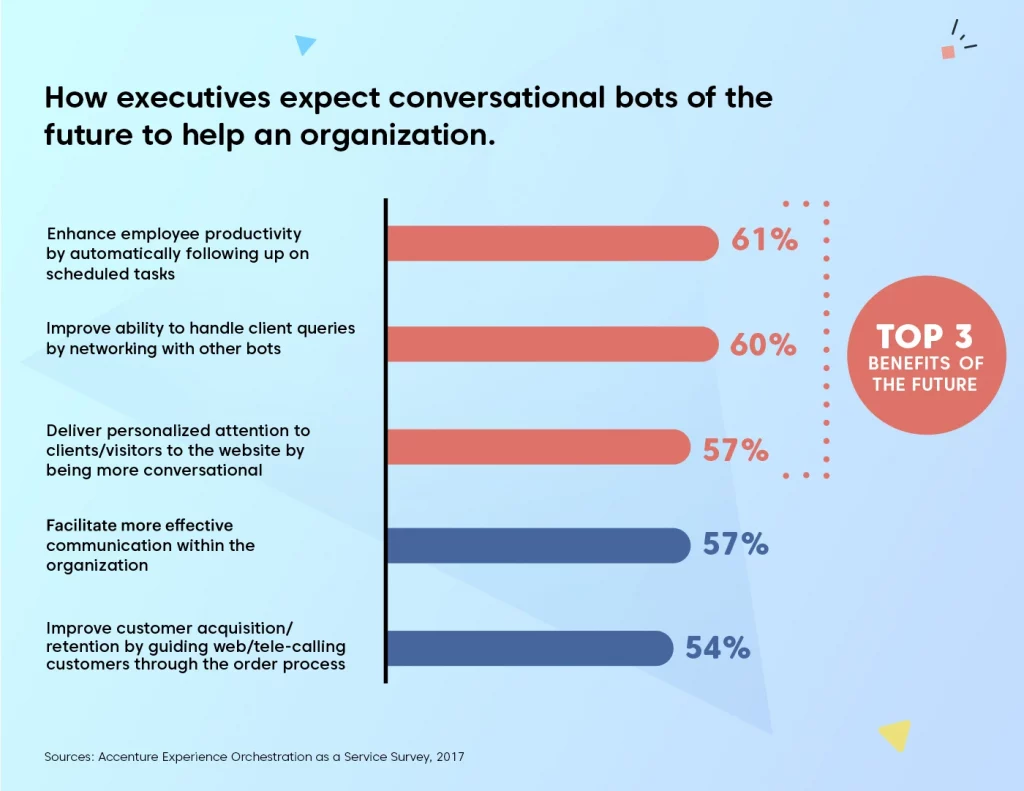
To sum up, it’s safe to say that 2022 is going to be a great year for the chatbot industry. It is also expected to create more customer-user experience related jobs in the sector and as the industry scales up, it will pave the way for more innovation. This is just the beginning!
Make sure you jump onto the chatbot bandwagon and create one for your business to experience what the hype is all about. With the help of Yellow.ai’s no code chatbot builder, you can build your first NLP-powered intelligent chatbot in under 10 clicks. So, what are you waiting for? Click here to request a free demo.


















